different art and architectural styles pertaining to temples. The art and architecture of these temples were mainly influenced by the dynastic as well as regional variations. Both major and minor dynasties that ruled in Andhradesa contributed their might for the development of art and architecture. Chalukyas, Kakatiyas, Vijayanagara rulers were the major contributors in the temple construction activity in view of the number of temples constructed and independent styles adopted. However, Rastrakutas and other minor ruling failies like Telugu Cholas, Renandu Cholas, Vaidumbas, Kayasthas etc. also did contributed their share in the temple building activity. Renandu was the geographical area of the present Cuddapah, Chittoor and parts of Anantapur districts of Andhra Pradesh in India. The core region of Renandu is the present Cuddapah district. The region has become politically active and came into prominence with the rule of Telugu Cholas around sixth century AD. Telugu Cholas ruled the Renandu area with their capital at Peddachappali and Pottapi later. Renandu witnessed the rule of several dynasties like the Telugu cholas, Renandu Cholas, Vaidumbas, Rastrakutas, Kakatiyas (?), Kayasthas and Vijayanagara kings. Although elaborate survey of the area was undertaken during the British rule itself, no specific and detailed study of the temples of the area, particularly the core area i.e. the Cuddapah district, was attempted by any one earlier which prompted my revered guru Dr. Rajendra Prasad to suggest this topic for my study. This book mainly deals with the art, architecture of the temples of Cuddapah district along with loose images and the sculpture on the wall portions of the temples in the area. For the convenience of the scholars, ground plans and adhisthana drawings are given to scale and number of Photographs of the temples are also included. Inscriptions associated with the temples, particularly associated with the dates of the temple are also studied and referred. For the convenience of the study, all the temples of the region are divided in to three phases i.e. Early Phase, Middle Phase and Late Phase basing not only on their available dates but also on the architectural styles. Some of the temples have dates referred to in the inscriptions while those which are not referred in the inscriptions were dated basing on the architectural elements. Renandu has a rich variety of temple forms and surprisingly the numbers of apsidal temples are rich. From eleventh century AD onwards, the area was much influenced by the Cholanadu architecture prior to that it was partly influenced by the western Andhra architecture. However, the Kakatiya nor the Chalukya – Hoysala temple architecture could not wield any influence over the temples of Renandu. The Renandu art and architecture is considered as an idiom of the western Andhra tradition of art and not as a particular style.
Temples of Andhradesa: Art, Architecture & Iconography
by G. Kamalakar
$88.20
$98.00
In stock
Free & Quick Delivery Worldwide
All orders amounting to US$ 50 or more qualify for Free Delivery Worldwide. For orders less than US$ 50, we offer Standard Delivery at $14 per book.
ABOUT THE AUTHOR G. Kamalakar
Dr. Kamalakar Gundepudi obtained his Master’s Degree in 1975 from Andhra University and Ph.D. in 1985 from Nagarjuna University. He is with Birla Archaeological & Cultural Research Institute (BACRI) Hydera-bad since 1978 and presently he is the Director of BACRI. He did his P.G. Diploma in Museology from Osmania University in 1995 and is the recipient of Salar Jung Gold Medal for that year. From the same University he obtained his P.G. Diploma in Archival Science & Manuscriptology in the year 1999. He is a recognized supervisor for guiding Ph.D. students in the field of Archaeology and allied subjects and examiner for Post Graduate and Doctoral examinations for many universities. To his credit he has organized several national and inter-national seminars as Director of BACRI on different topics. He has edited and published several publications apart from several research articles on archaeology and conservation. He has participated and directed several excavations since 1978 which include Veerapuram, Vaddamanu, Gara-padu, Pudur etc. He has also participated in under-water explorations off Arabian Sea at Dwaraka and Betdwaraka under-taken by National Institute of Oceanography (Goa) in collaboration with BACRI.
reviews
0 in total
Review by Anonymous
Be the first to review “Temples of Andhradesa: Art, Architecture & Iconography” Cancel reply
You must be logged in to post a review.
Bibliographic information
Title
Temples of Andhradesa: Art, Architecture & Iconography
Author
Edition
1st ed.
Publisher
ISBN
8188934186
Length
xii+266p., Figures; Tables; 101 Plates; Maps; Glossary; Bibliography; Index; 25cm.
Subjects

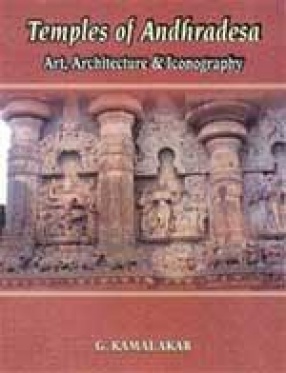
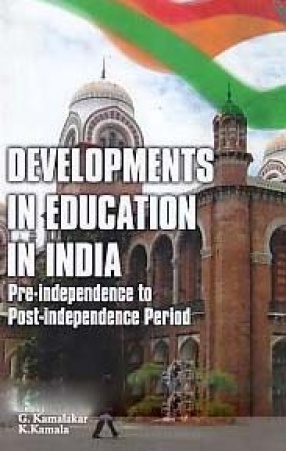
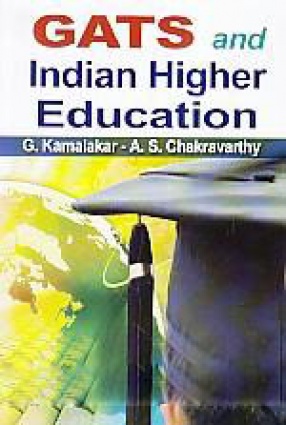
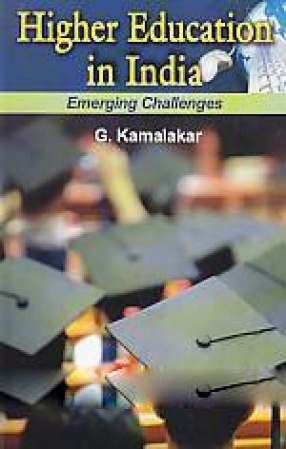
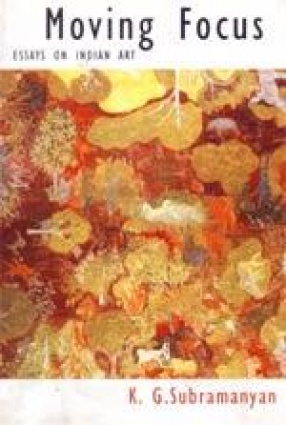
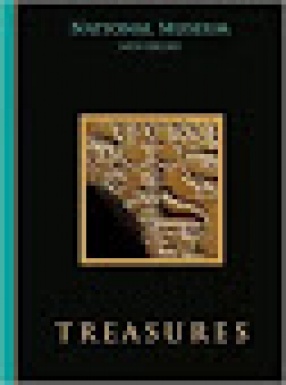
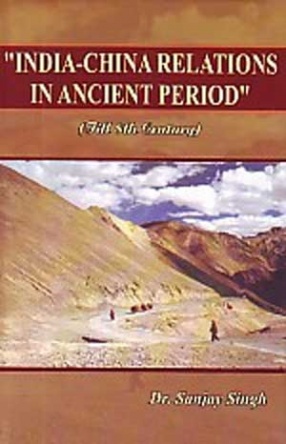
There are no reviews yet.